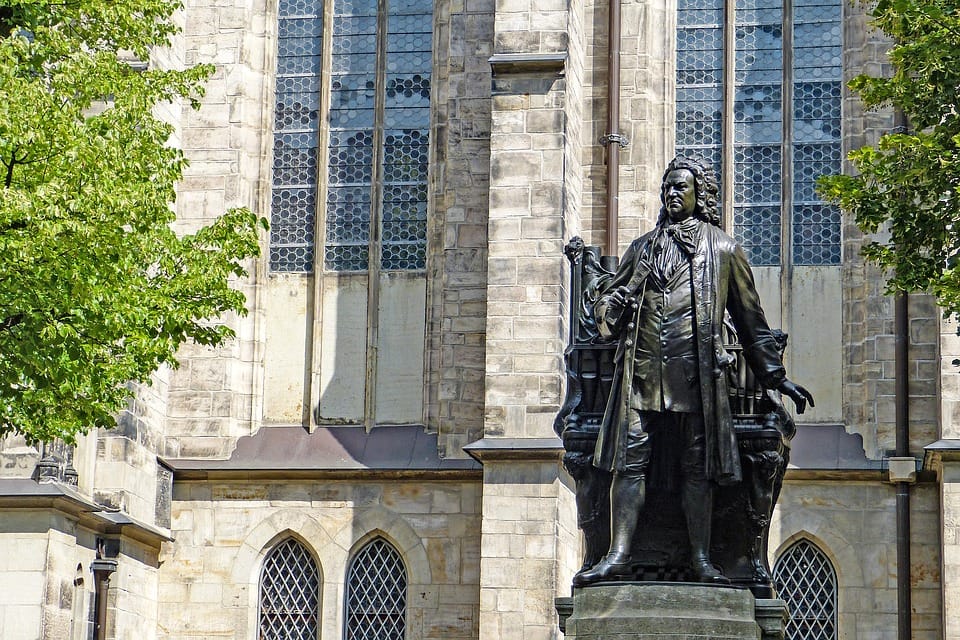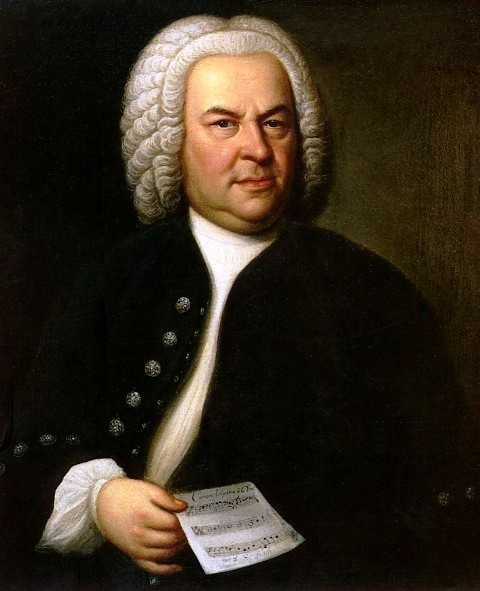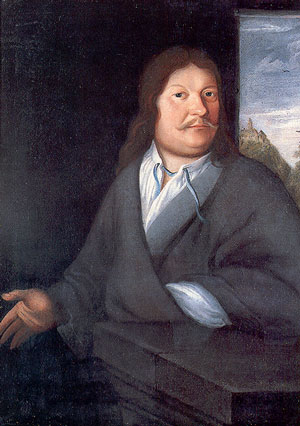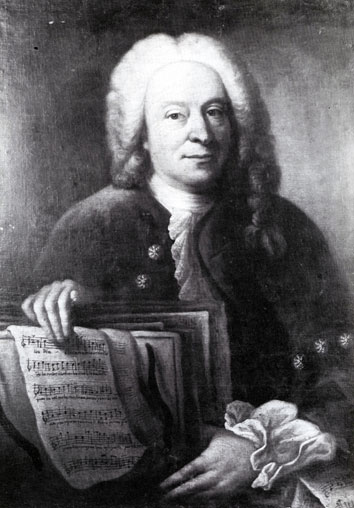The Schooling of Johann Sebastian Bach

The ubiquitous portrait of Johann Sebastian Bach, painted by court portraitist Elias Haussmann, adorns book covers, music school classrooms, record sleeves, and perhaps visits the nightmares of students working feverishly to master his ferociously complex works. The 60 year-old Bach, bewigged, piercing of eye, holding in his surprisingly soft and pudgy hand the score of his frankly terrifying 6-voice triple canon as further evidence of his lofty status, is so imprinted in our collective consciousness, that he seems to have been born looking like that. Such is the fate of icons.

Of course, it is perhaps the only authenticated portrait of the master, so we need to exercise the imagination to picture the headstrong young man, and going further back, the orphan child who went to school, like other children. Not that he could have ever been like other children, but child and schoolboy he certainly was. Coming from the most prominent family of musicians, who dominated, for generations, the central German area of Thuringia, Bach was born in music and to music. His father, Ambrosius, the town music director, and, after his untimely death, his brother, Johann Christian, inculcated the family profession in the child. Indeed, the Bachs were a musical dynasty, as were others in Europe, like the Couperins in France and the Scarlattis in Italy. This tradition was an established one in the Baroque era, and it certainly finds a striking parallel in some of the great musical families in the Hindustani music tradition, which is, of course, a much more recent one.

Music, in the Europe of the day, was a fine trade to belong to, like the guilds and societies of craftspeople, and some of its practitioners achieved fame and great veneration, while others carried out the business of music making and playing as a serious business requiring hard and honest slog to find secure and reasonably lucrative positions in church and court. And were there ‘specialist schools’ to train these young musicians in-the-making in the rigours of their art? Or was it home schooling all the way? The boy Bach indeed imbibed much from his musical relations through the home environment, but received formal education in music too. In Eisenach, his birthplace, the cantor or leading church figure of St George’s Church, played an essential role in selecting him for the choir and training him in both the theoretical and practical aspects of singing. This particular cantor was also the equivalent of a class teacher in the town’s Latin School. The music taught had the most formidable learning outcomes, including being able to sight-sing fugues and concerti. His general schooling, which began at the age of seven, included the study of Latin and religious instruction. He was also taught the basics of string instrument playing by his father.

After the death of his parents, the young orphan was taken into the care of his older brother, Johann Christoph, organist at a church in the town of Ohrdruf. As was inevitable, the elder brother took an active part in the boy’s further music education, but the interrupted school-going then resumed, some 300 km away. This was in Luneburg, to the north, where a scholarship (instituted for boys in straitened circumstances) was awarded to the teenager at St Michael’s School. This was in recognition of his exceptionally fine soprano voice, and he was expected to distinguish himself. But Nature took a hand and decreed otherwise—the 15 year-old’s voice changed very soon after he joined. For a while he could actually sing only in octaves, and then the soprano was gone forever. He was able to stay on at the institution, and given the use of the school’s fine library of church music, kept up to date. He probably was able to listen to the great organists of the day like Bohm and Reinken. He also attended a performance of an orchestral ensemble at the court of the Duke of Celle. His formal education, if one can call such a disrupted and patchwork training so, came to an end in 1702, when he was seventeen. Disrupted though it was, due to circumstances, it did not lack in rigour, under the guidance of various church cantors, who were learned and experienced.
It was a time when music permeated every aspect of life in Europe. That doesn’t seem very different from the world of today, with technology, among other things, makes access to music easy anywhere and everywhere, and performance platforms widespread and eclectic in their offerings. But in the age of Bach, whether at court or church (the two pillars that supported music), the standards of performance and the level of creative ingenuity demanded were of almost unimaginable heights. And listeners matched this in terms of knowledge and discernment.
It was into this world that Johann Sebastian Bach, aged 18, stepped, to make a living. And to leave his mark for all time, on a world far beyond the boundaries of a province in Germany.





